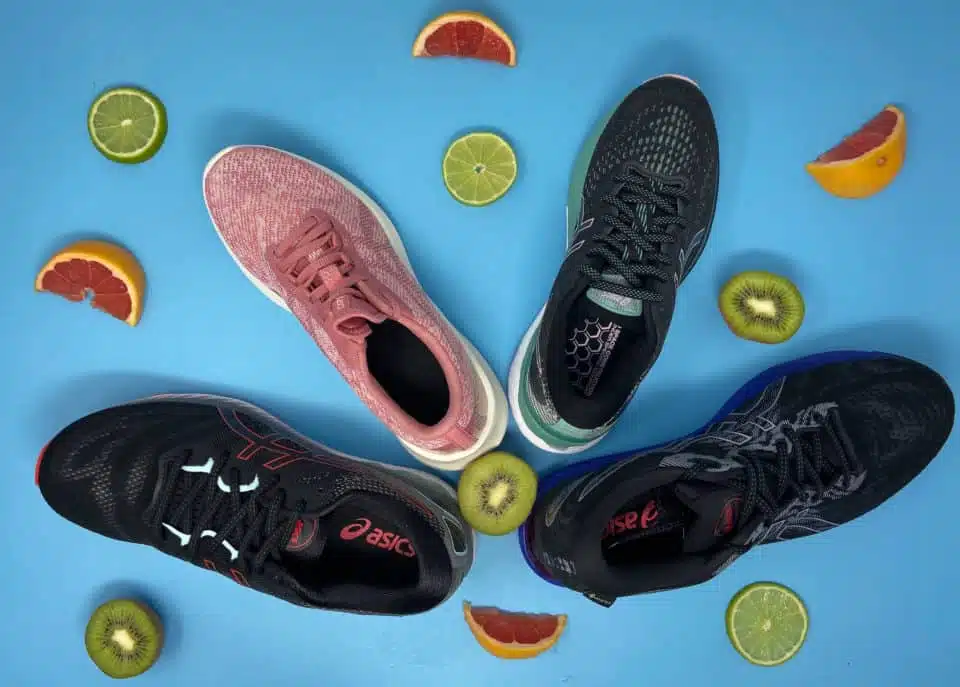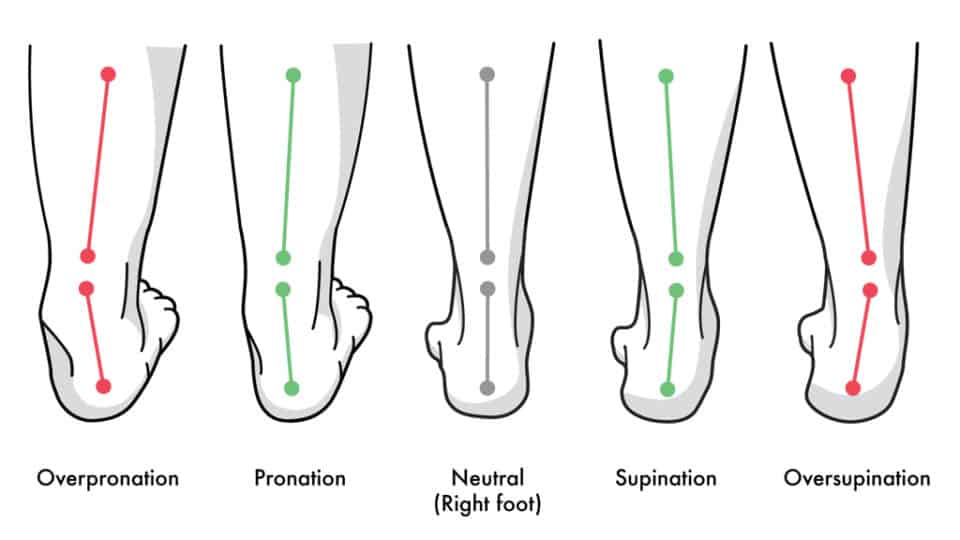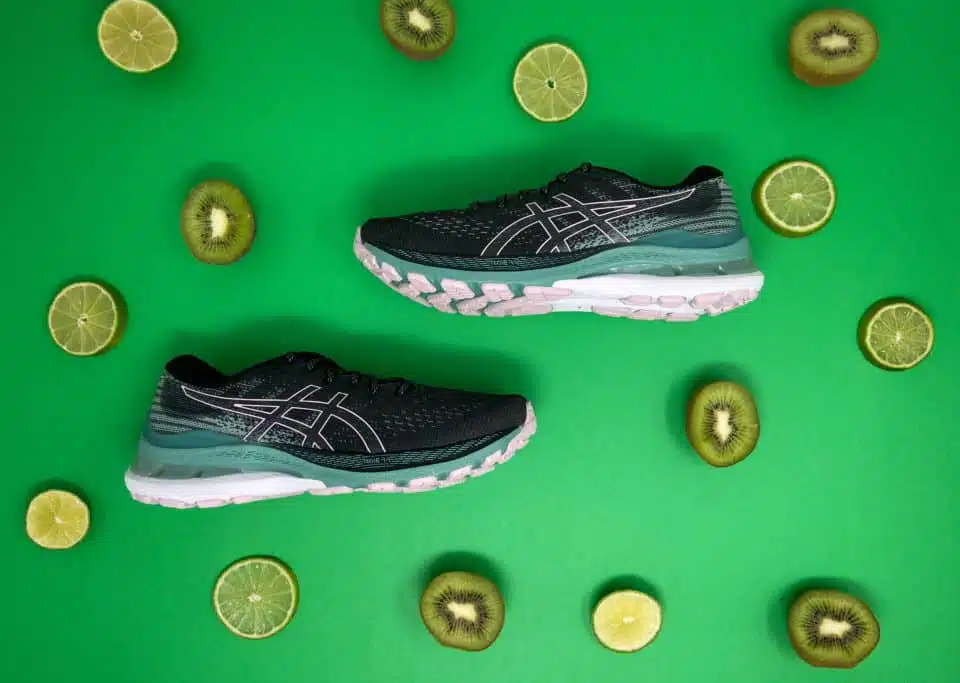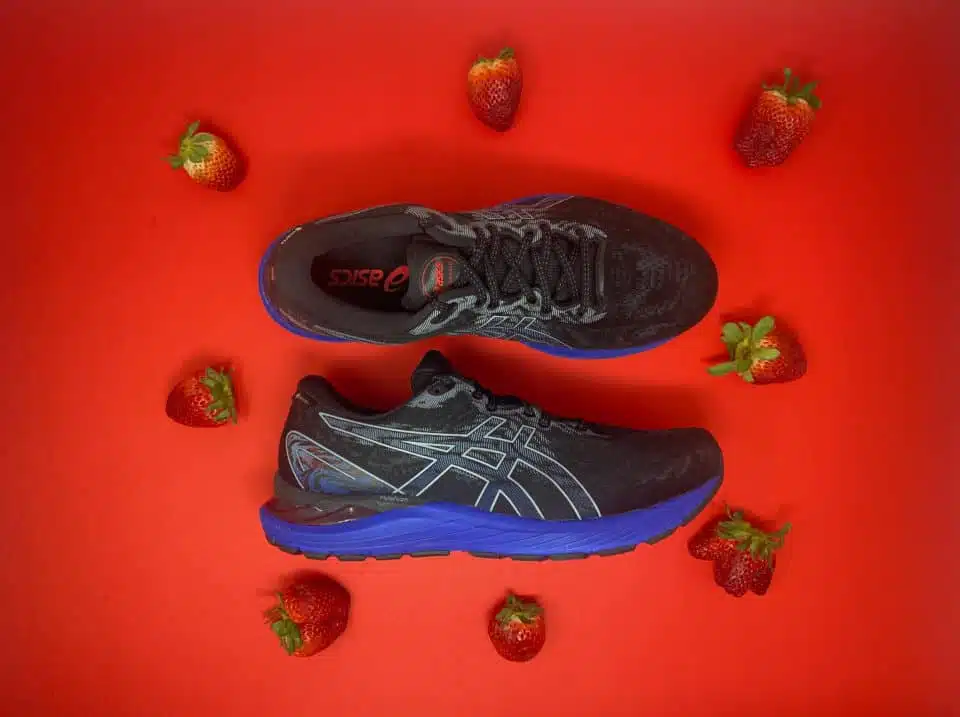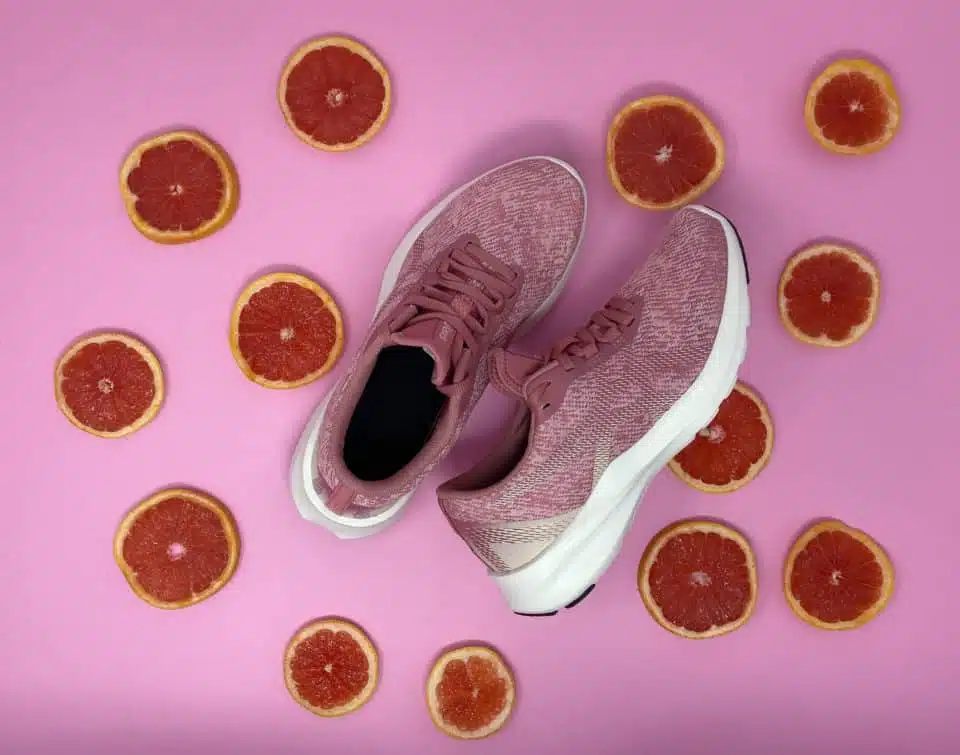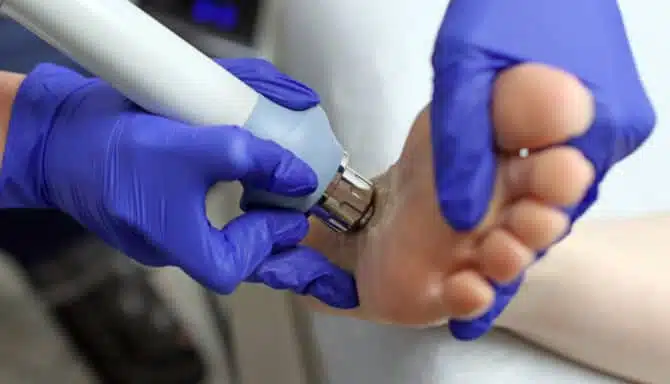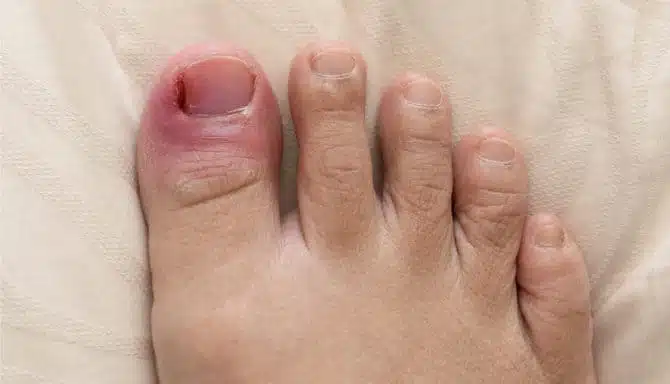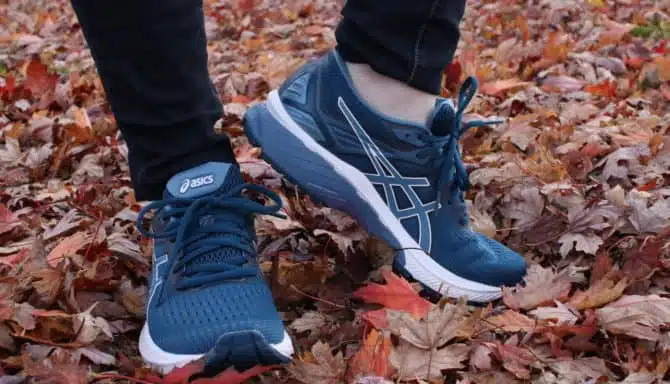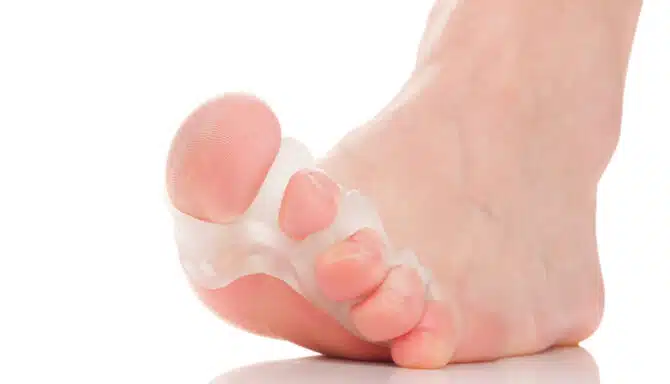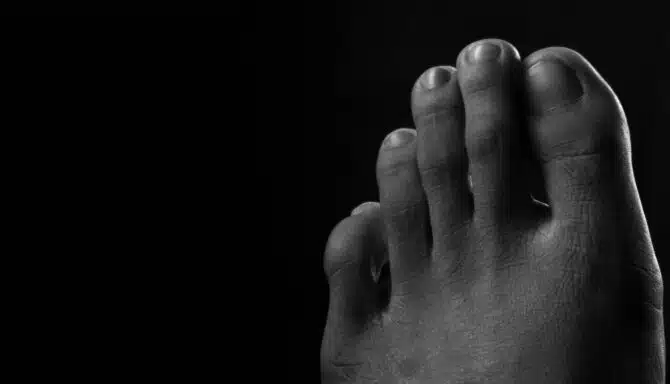Did you know Ill-fitting and non-supportive footwear are the biggest contributing factors to many common foot issues? That’s why it’s important to make sure your running shoes not only fit properly, but also match your foot type, gait and medical needs. And when it comes to that, ASICS shoes are among the best on the market.
Not all feet are alike, and the same goes for running shoes. Believe it or not, the model running shoe you choose does make a difference (it’s not all about the colour). ASICS offers different running shoes specially designed to address specific needs. But with so many to choose from, it can be hard to tell the differences between them all, and figure out which one is right for you.
Have no fear; Feet First Clinic is here! We’ll break down our top 5 new ASICS spring running shoes, available here at Feet First Clinic! We’ll introduce you to each model, and explain their medical benefits, pros, cons, and who they’re best suited for.
Things to Consider When Looking for Running Shoes
There are two main categories of running shoes: stability and neutral (more on that later). But first, it’s important to consider the following when selecting the best ASICS running shoe for you (or any running shoe for that matter!):
- Your Foot Type: This refers to the height of your arch. If you have flat or low arches, you’ll want to choose a stability shoe; if you have high arches, you’ll want a neutral shoe with a lot of cushioning for shock absorption. And if you have a normal arch, the choice is yours!
- Gait Pattern: “Gait” is the term used to describe the way your body move when you walk. If you overpronate (ankle and foot roll inwards), you need a stability shoe and strong arch support. If you under-pronate (or supinate), it means your ankles roll outwards. A neutral shoe with good shock absorption is recommended in these instances. If you have a neutral gait, meaning your ankles and feet remain in a neutral (straight) position when you move, you can wear either a stability or neutral shoe.
- Foot Conditions: Different foot conditions have different needs. For example, if you have plantar fasciitis, a stability shoe or a shoe with a strong arch is best. If you have arthritis, your feet are probably extra sensitive so you’ll want to choose a shoe with maximum cushioning, which will give you more shock absorption to protect your joints.
For more information about better understanding your foot type, how it affects your shoes, check out ASICS’ amazing pronation guide.
ASICS Stability Shoes
Stability shoes help control excessive motion in the foot and ankle and overpronation (when the foot rolls inward and downward toward the arch). This type of movement often leads to flat feet. Overpronation can also make people more likely to sustain an injury or develop a foot condition, and is linked to the following conditions and injuries:
- Flat Feet
- Bunions
- Achilles tendonitis
- Stress fractures in the foot or leg
- Plantar fasciitis
- Lower back pain
Stability shoes work by favourably aligning the foot to a neutral position and providing extra arch support. ASICS stability shoes include a variety of innovative technologies in the midsole that work together to provide an exceptionally stable walking and running experience. All together, these features help reduce the strain on the joints and muscles caused by overpronation. For more information on these technologies, you can visit ASICS’ website, which offers helpful diagrams to illustrate how these features work.
Top Stability Running Shoe: ASICS Gel Kayano
- Foot Type: Normal to low arches, flat feet
- Gait Pattern: Moderate to severe overpronation, neutral
- Foot Conditions: Flat feet, plantar fasciitis, Achilles’ tendonitis, bunions, foot and ankle instability, arthritis, metatarsalgia, general foot pain, sensitive feet, shin splints, heel spurs
The Gey-Kayano 28 (pictured above) is ASICS top chiropodist recommended stability shoe. It provides the most cushioning and stability among ASICS’s stability shoes. It accomplishes this with its TRUSSTIC™ and DYNAMIC DUOMAX® technologies: The TRUSSTIC technology involves a resin structure (a medial post) in the midsole of the shoe that prevents the excessive twisting motion associated with overpronation. The DYNAMIC DUOMAX technology involves a firm sponge in the midsole that helps control and offset the inward rolling of the heel and foot. ASICS’s specially designed heel counter also provides added stability.
Maximum cushioning is provided by ASICS’ infamous GEL® technology for the ultimate soft ASICS experience. The max cushioning is also important for shock absorption, which works by cushioning and protecting your joints from the impact of your foot striking the ground. This lets you walk comfortably for longer without feeling the strain in your joints and muscles.
The Gel-Kayano is the right choice for people who experience moderate or severe overpronation, and who need maximum cushioning and arch support. It’s Feet First Clinic’s #1 recommendation for people with foot pain who overpronate, have flat feet, or seeking strong arch support and structure. The maximum cushioning also makes it great for people with arthritis who need extra support and shock absorption.
Neutral ASICS Shoes:
Neutral running shoes typically don’t have the same stabilizing features as stability shoes. Because of this, they allow for more flexibility and freedom of movement. They’re suitable for people who supinate (heels lean outward, placing more pressure on sides of the foot), have high arches, or have a neutral gait. A neutral gait means your feet and ankles align properly during movement, which means you don’t necessarily need a stability shoe with foot and ankle control characteristics.
That said, ASICS shoes are special in that even their neutral shoes provide the stabilizing features offered in their stability shoes – just to a lesser degree. Therefore, you’ll still get great support and control from an ASICS runner, which is essential for any foot – whether or not you have foot concerns.
The Gel-Nimbus and the Gel-Cumulus are our top neutral ASICS shoes, and come highly recommended by Toronto foot specialists.
Gel-Nimbus 23
- Foot Type: Normal to high arches (moderate to very high)
- Gait Pattern: Neutral, moderate to severe supination
- Foot Conditions: Arthritis, knee pain, high arches, plantar fasciitis, Morton’s neuroma, sensitive feet, shin splints, ankle strain
The Gel-Nimbus is the perfect choice for people who are prone to foot pain and foot sensitivities. Furthermore, it’s an exceptionally good choice for people struggling with osteoarthritis or rheumatoid arthritis in the feet, knees and low back. Healthline notes that the Gel-Nimbus is also the best ASICS option for active people with knee pain flare-ups. The ASICS Gel-Nimbus is ideal for these conditions thanks to its maximum cushioning. In fact, it has the most cushioning out of all ASICS runners and is super soft. In addition to the soft comfort, the max level of GEL® cushioning technology gives these shoes maximum shock-absorbing properties. This also makes it perfect for people who supinate and have high arches, since these conditions cause extra shock on the lower body.
Even though the Gel-Nimbus is considered a neutral runner, it still offers the structured supportive features featured in many of ASICS’ stability shoes, including firm arch support, a specially engineered external heel counter, and the TRUSSTIC technology. It’s for all of these reasons that the ASICS Gel-Nimbus is Feet First Clinic’s #1 recommended neutral shoe.
ASICS Gel-Cumulus 23
- Foot Type: Normal arches, moderately high arches
- Gait Pattern: Neutral, moderate to severe supination
- Foot Conditions: Arthritis, high arches (mild to moderate), shin splints, ankle strain
Inspired by cumulus clouds, the Gel-Cumulus is another ASICS staple. Great for people who love a smooth run and effortless walking experience, the upper and midsole are both designed to conform to each user’s foot anatomy while in motion. A layer of ASICS signature GEL® technology under the heel provides medium cushioning, and the FLYTEFOAM™ midsole supports your feet consistently throughout the day. The Gel-Cumulus also includes the AHAR® LITE outsole, which adds an extra layer of durability to the shoe.
The Gel-Cumulus is a great option for people who want a little more bounce and speed from their running shoes. Even though it’s not quite as cushioned and soft as the Gel-Nimbus, most people find the cushioning more than ample. It’s also offered a lower price point than the Gel-Nimbus, making it a more economical foot-friendly option for neutral walkers seeking a high-quality, durable, cushioned shoe.
ASICS Gel-Cumulus 23 GTX
- Foot Type: Normal arches, moderately high arches
- Gait Pattern: Neutral, moderate supination
- Foot Conditions: High arches (mild to moderate), arthritis, shin splints, ankle strain
The ASICS Gel-Cumulus 23 GTX is essentially a waterproof version of the Gel Cumulus. It’s a lightweight high-mileage trainer, meaning it’s designed for longer runs in variable conditions thanks to its water-repellent upper made with GORE-TEX. GORE-TEX is a specially engineered material renowned for its ability to stop wet weather from getting in while still letting your feet breath. That makes the Gel-Cumulus great for people looking for a good running shoe that will keep your feet dry in rainy wet weather, without your feet getting sweaty. The Gel-Cumulus is a neutral shoe with standard cushioning, and no motion control (stability) features.
Versablast MX
- Foot Type: Normal arches
- Gait Pattern: Neutral
- Foot Conditions: None
A lightweight, flexible women’s running shoe, the Versablast MX is a budget-friendly ASICS option for fashion-forward people without any particular foot concerns. It’s ideal for people seeking a lightweight, springy road running shoe with maximum flexibility. Its sleek streamlined look also makes it a stylish everyday trainer that can pair easily with your favourite outfits. Unlike the other shoes mentioned, the Versablast does not have ASICS’ signature Gel cushioning or some of its other supportive structures. This keeps the shoe’s weight at a minimum and flexibility at a maximum (it also means it costs less). So, while the Versablast may be more economical and less bulky, it does not provide the support and shock absorption you may need if you have foot concerns like plantar fasciitis or arthritis, or overpronate.
